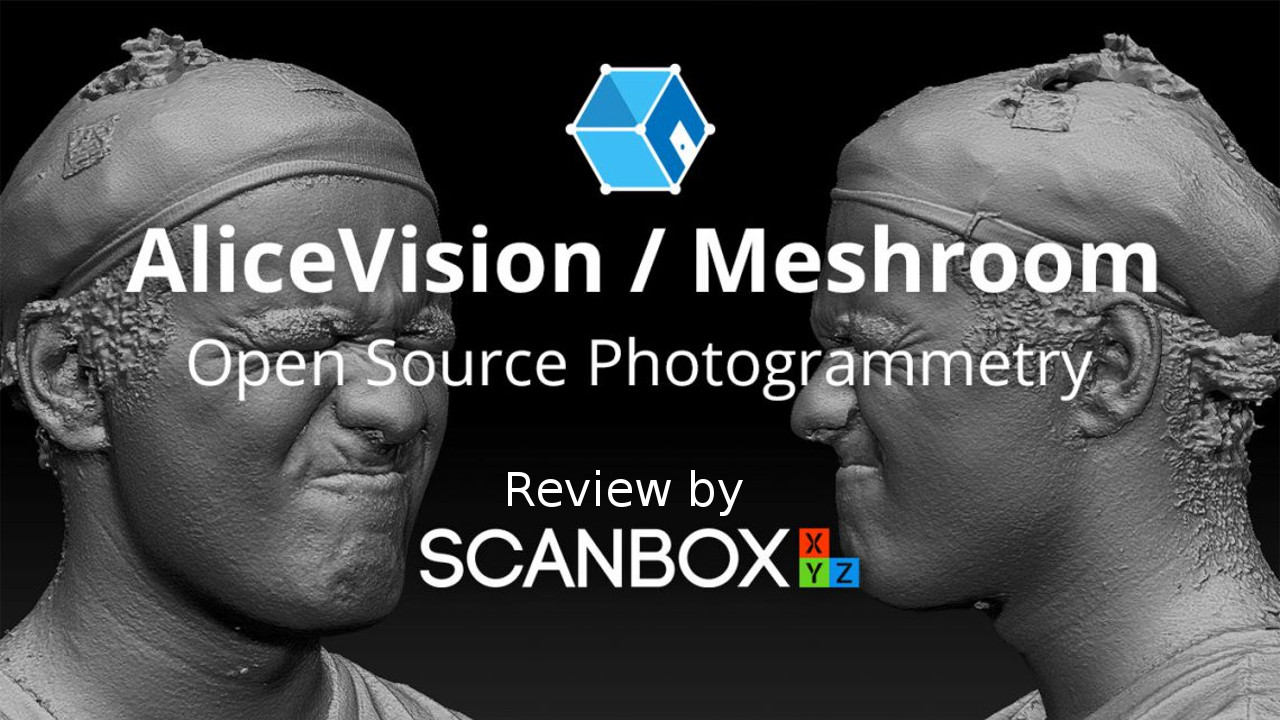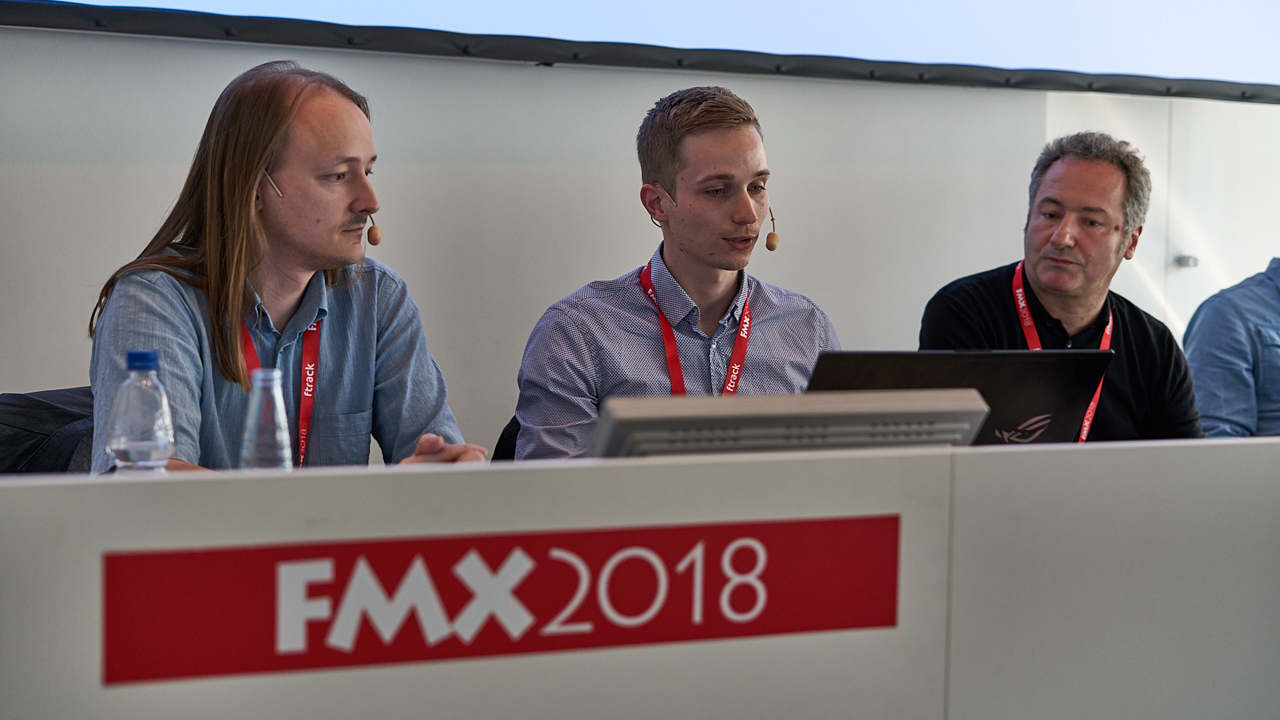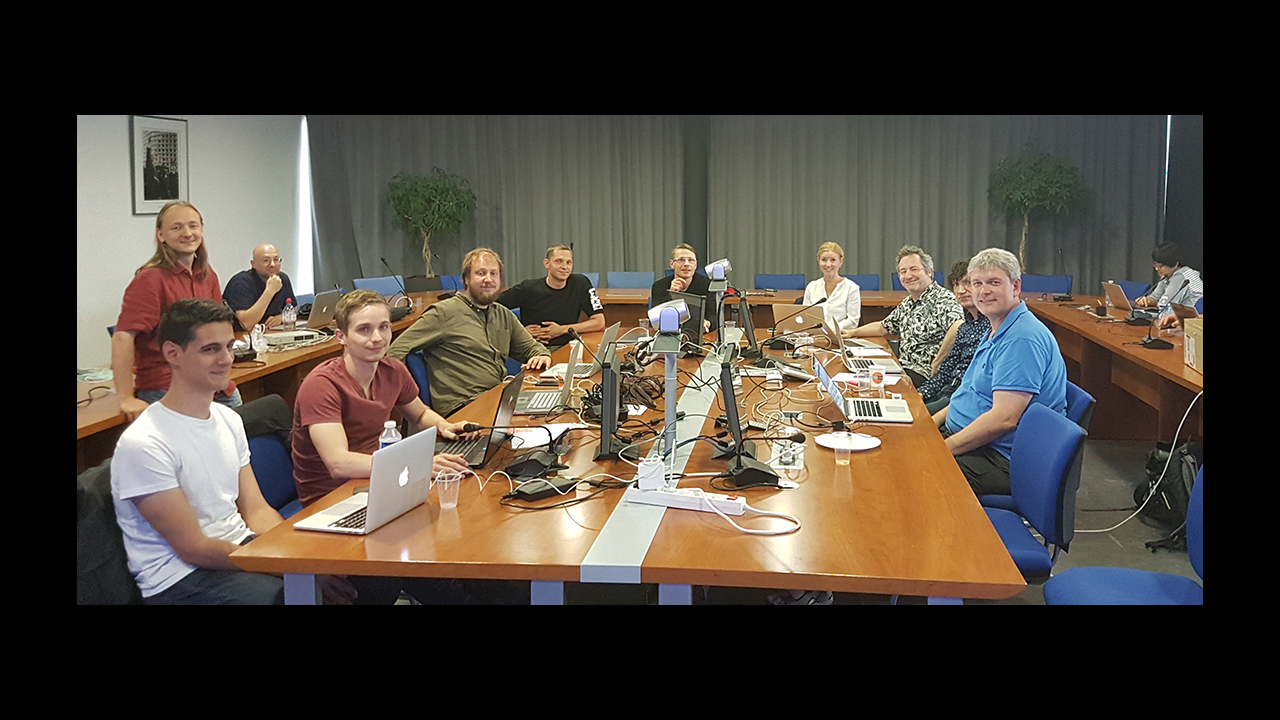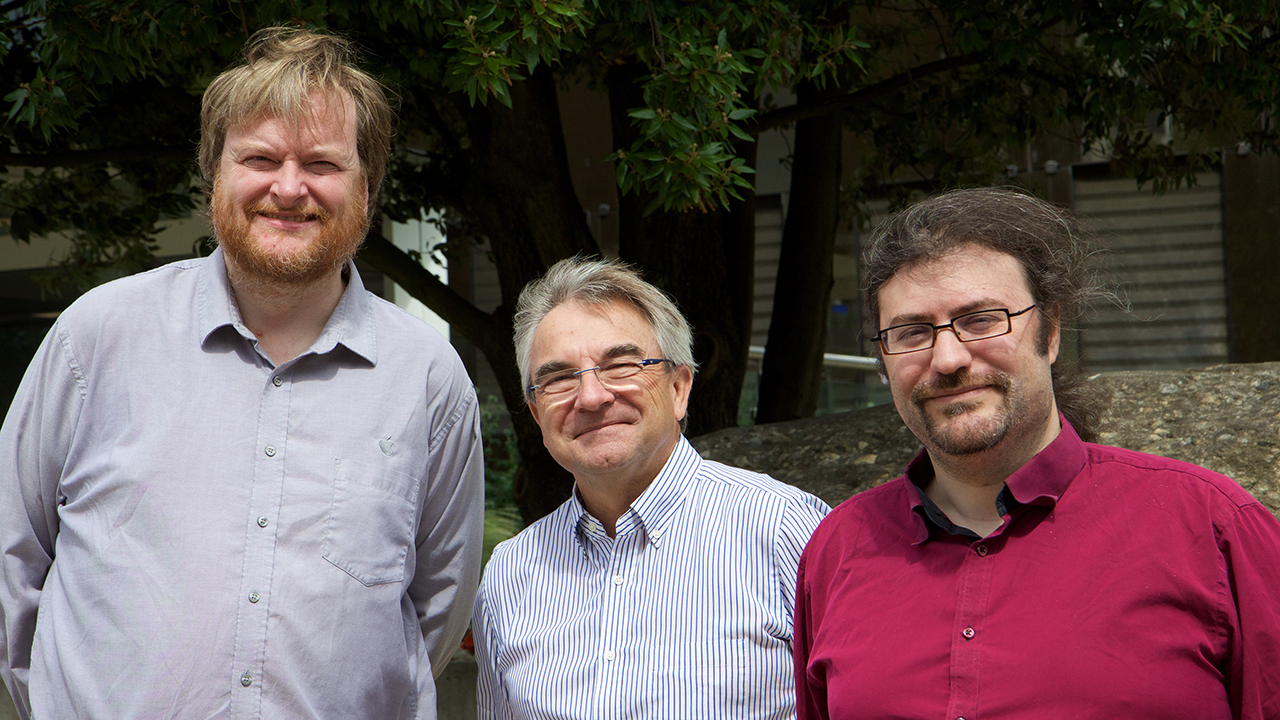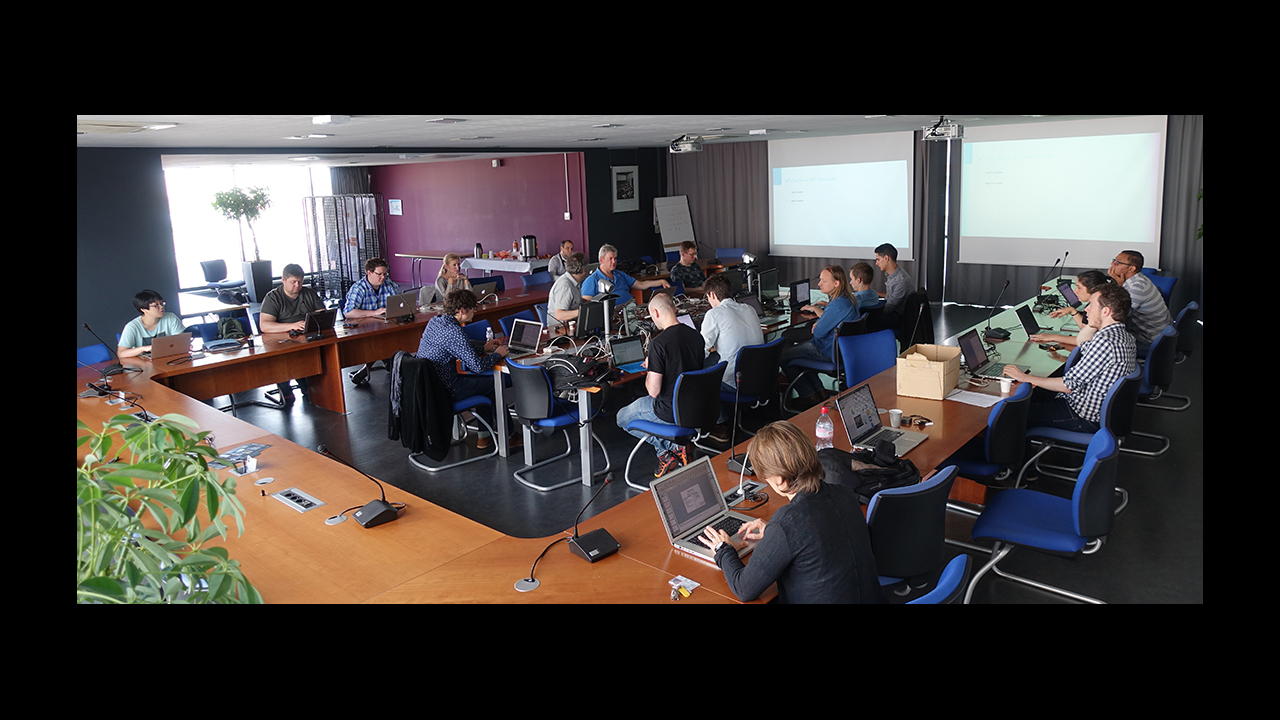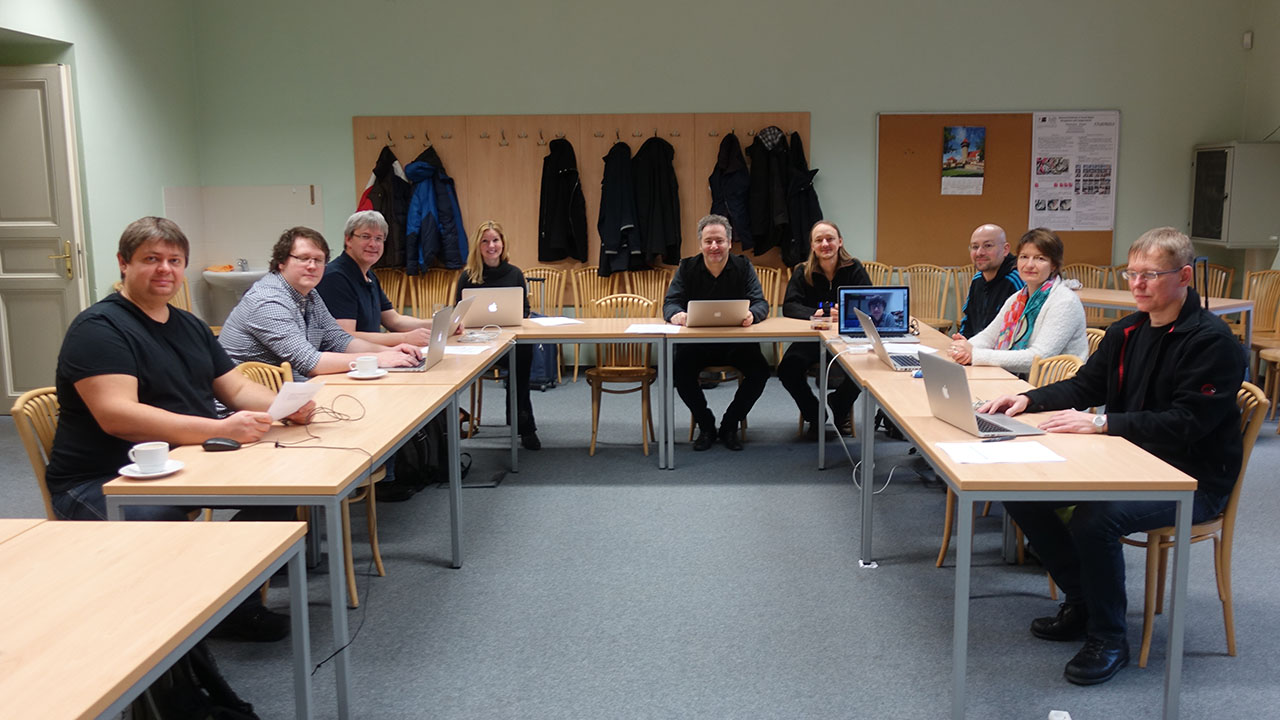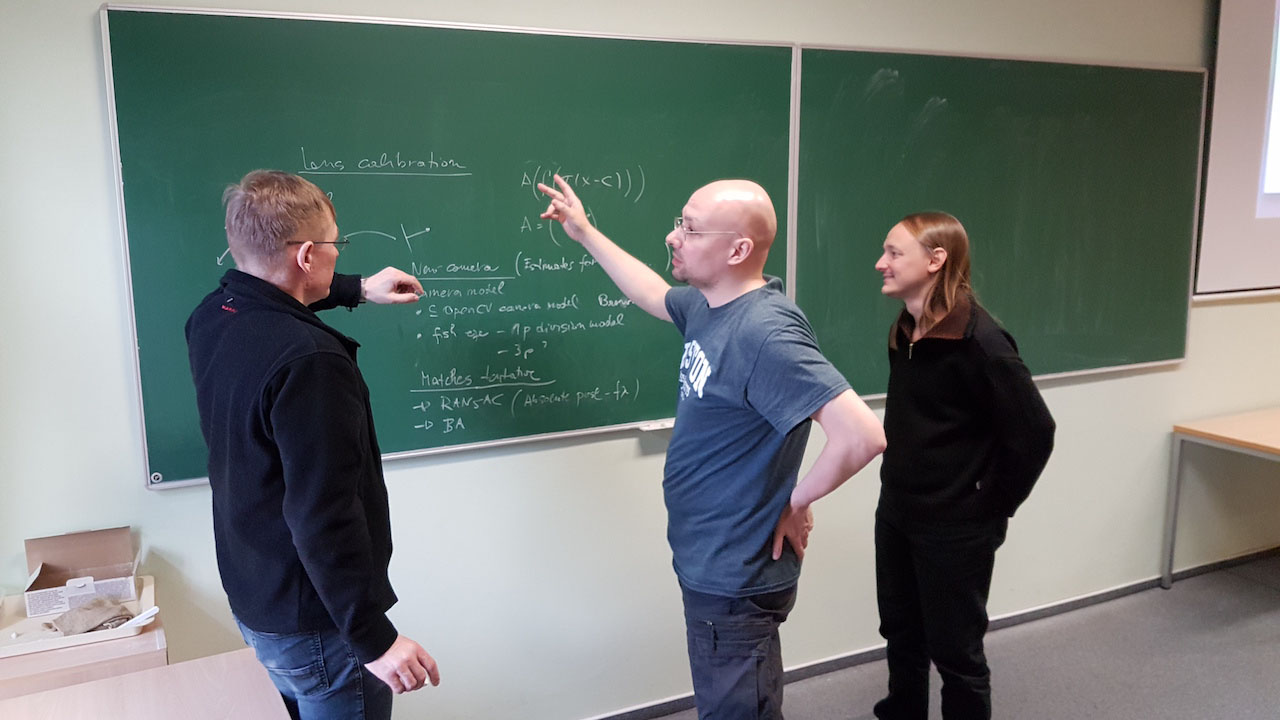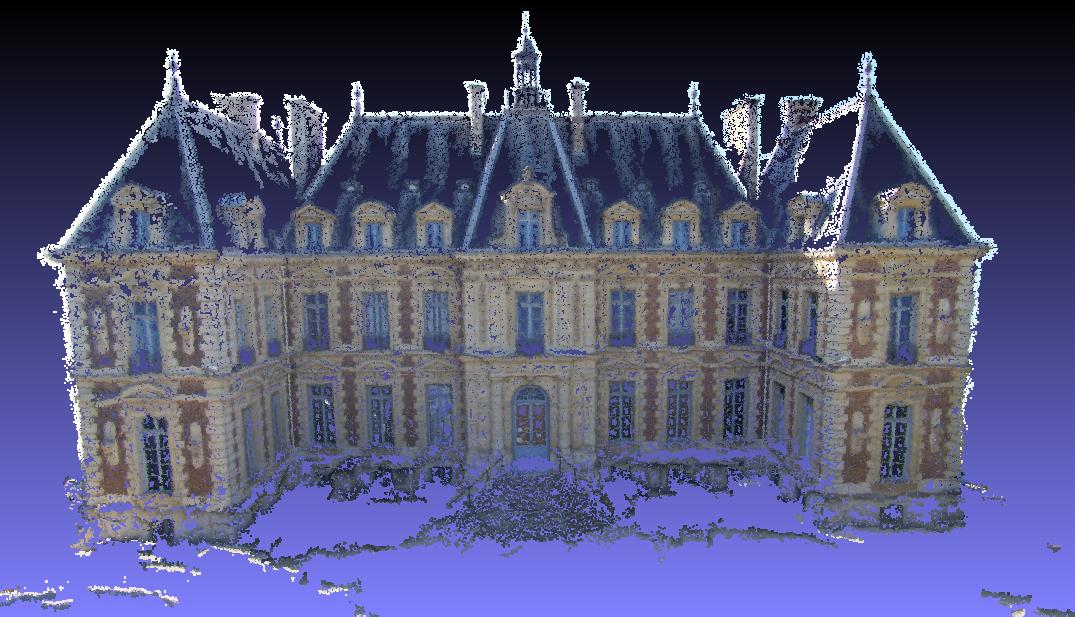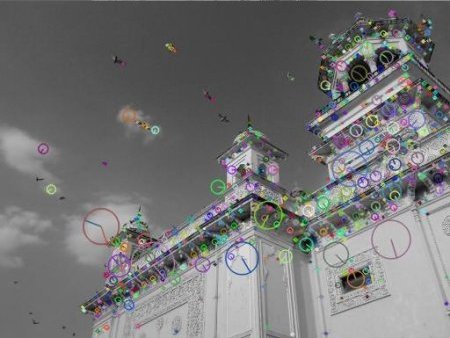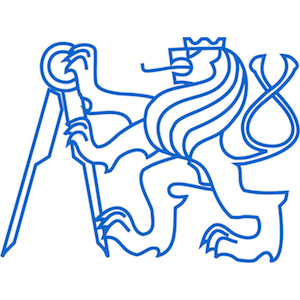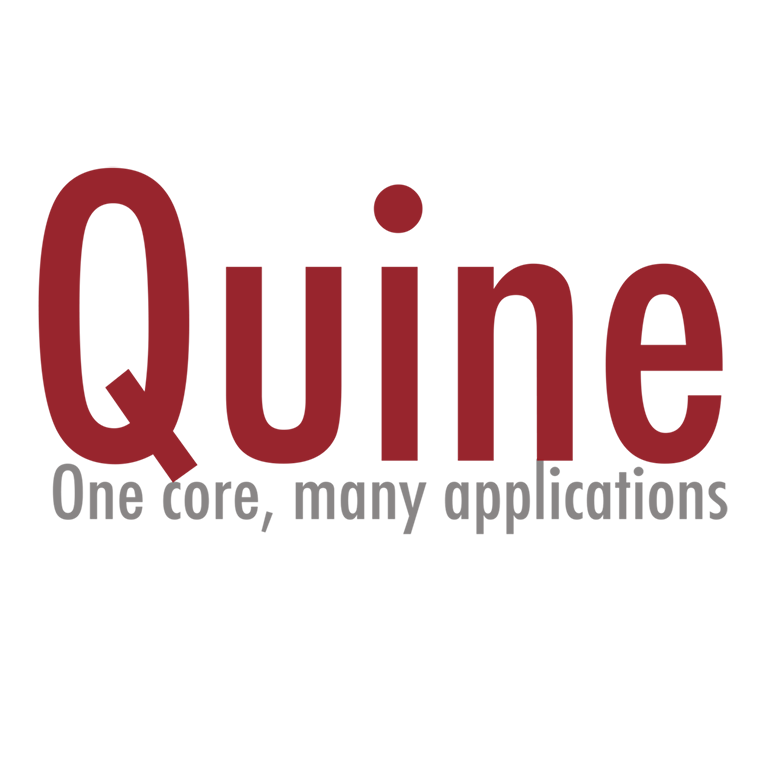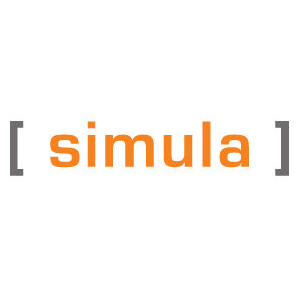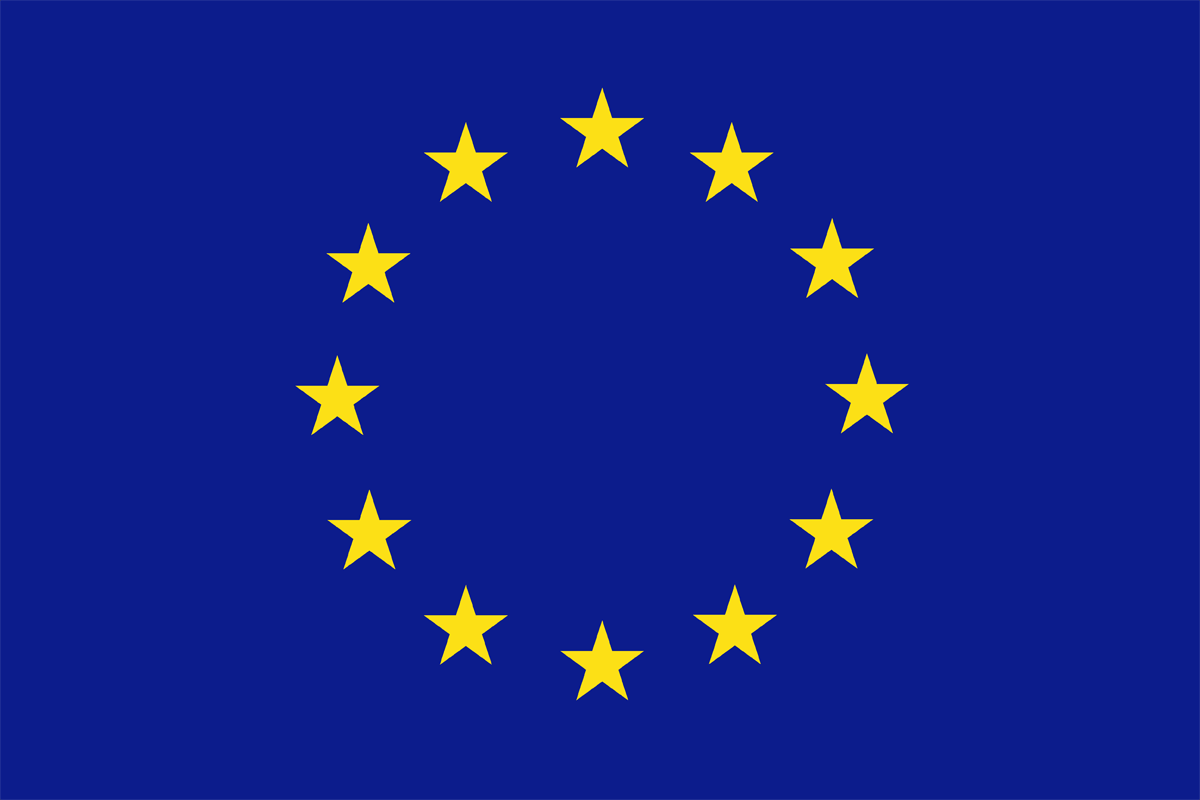Michal Polic, Woldgang Förstner, Tomas Pajdla. Fast and Accurate Camera Covariance Computation for Large 3D Reconstruction. ECCV 2018.
https://arxiv.org/pdf/1808.02414.pdf
Hajime Taira, Masatoshi Okutomi, Torsten Sattler, Mircea Cimpoi, Marc Pollefeys, Josef Sivic, Tomas Pajdla, Akihiko Torii. InLoc: Indoor Visual Localization with Dense Matching and View Synthesis. CVPR 2018.
http://openaccess.thecvf.com/content_cvpr_2018/CameraReady/2096.pdf
Torsten Sattler, Will Maddern, Carl Toft, Akihiko Torii, Lars Hammarstrand, Erik Stenborg, Daniel Safari, Masatoshi Okutomi, Marc Pollefeys, Josef Sivic, Fredrik Kahl, Tomas Pajdla. Benchmarking 6DOF Outdoor Visual Localization in Changing Conditions. CVPR 2018.
http://openaccess.thecvf.com/content_cvpr_2018/papers/Sattler_Benchmarking_6DOF_Outdoor_CVPR_2018_paper.pdf
Viktor Larsson, Magnus Oskarsson, Kalle Astrom, Alge Wallis, Zuzana Kukelova, Tomas Pajdla. Beyond Grobner Bases: Basis Selection for Minimal Solvers. CVPR 2018.
http://openaccess.thecvf.com/content_cvpr_2018/papers_backup/Larsson_Beyond_GroBner_Bases_CVPR_2018_paper.pdf
Relja Arandjelovic, Petr Gronat, Akihiko Torii, Tomas Pajdla, Josef Sivic
NetVLAD: CNN Architecture for Weakly Supervised Place Recognition.
IEEE Transactions on Pattern Analysis and Machine Intelligence, 40(6):1437-1451, 2018.
https://ieeexplore.ieee.org/document/7937898
Torii, A., Arandjelovic, R., Sivic, J., Okutomi, M., & Pajdla, T. (2018). 24/7 Place Recognition by View Synthesis. IEEE Transactions on Pattern Analysis and Machine Intelligence, 40(2), 257–271.
http://doi.org/10.1109/TPAMI.2017.2667665
Sattler, T., Torii, A., Sivic, J., Pollefeys, M., Taira, H., Okutomi, M., & Pajdla, T. (2017). Are Large-Scale 3D Models Really Necessary for Accurate Visual Localization? In 2017 IEEE Conference on Computer Vision and Pattern Recognition (CVPR) (pp. 6175–6184). IEEE.
http://doi.org/10.1109/CVPR.2017.654
Kileel, J., Kukelova, Z., Pajdla, T., & Sturmfels, B. (2017). Distortion Varieties. Foundations of Computational Mathematics.
http://doi.org/10.1007/s10208-017-9361-0
Albl, C., Kukelova, Z., Fitzgibbon, A., Heller, J., Smid, M., & Pajdla, T. (2017). On the Two-View Geometry of Unsynchronized Cameras. In 2017 IEEE Conference on Computer Vision and Pattern Recognition (CVPR) (pp. 5593–5602). IEEE.
http://doi.org/10.1109/CVPR.2017.593
Kato, T., Shimizu, I., & Pajdla, T. (2017). Selecting image pairs for SfM by introducing Jaccard Similarity. IPSJ Transactions on Computer Vision and Applications, 9(1), 12.
http://doi.org/10.1186/s41074-017-0021-8
Rashwan, H. A., Chambon, S., Gurdjos, P., Morin, G., & Charvillat, V. (2016). Towards multi-scale feature detection repeatable over intensity and depth images. In 2016 IEEE International Conference on Image Processing (ICIP) (pp. 36–40). IEEE.
http://doi.org/10.1109/ICIP.2016.7532314
Rashwan, H. A., Chambon, S., Morin, G., Gurdjos, P., & Charvillat, V. (2017). Towards Recognizing of 3D Models Using A Single Image. In I. Pratikakis, F. Dupont, & M. Ovsjanikov (Eds.), Eurographics Workshop on 3D Object Retrieval. The Eurographics Association.
http://doi.org/10.2312/3dor.20171062
Polic, M., & Pajdla, T. (2017). Uncertainty Computation in Large 3D Reconstruction (pp. 110–121).
http://doi.org/10.1007/978-3-319-59126-1_10


